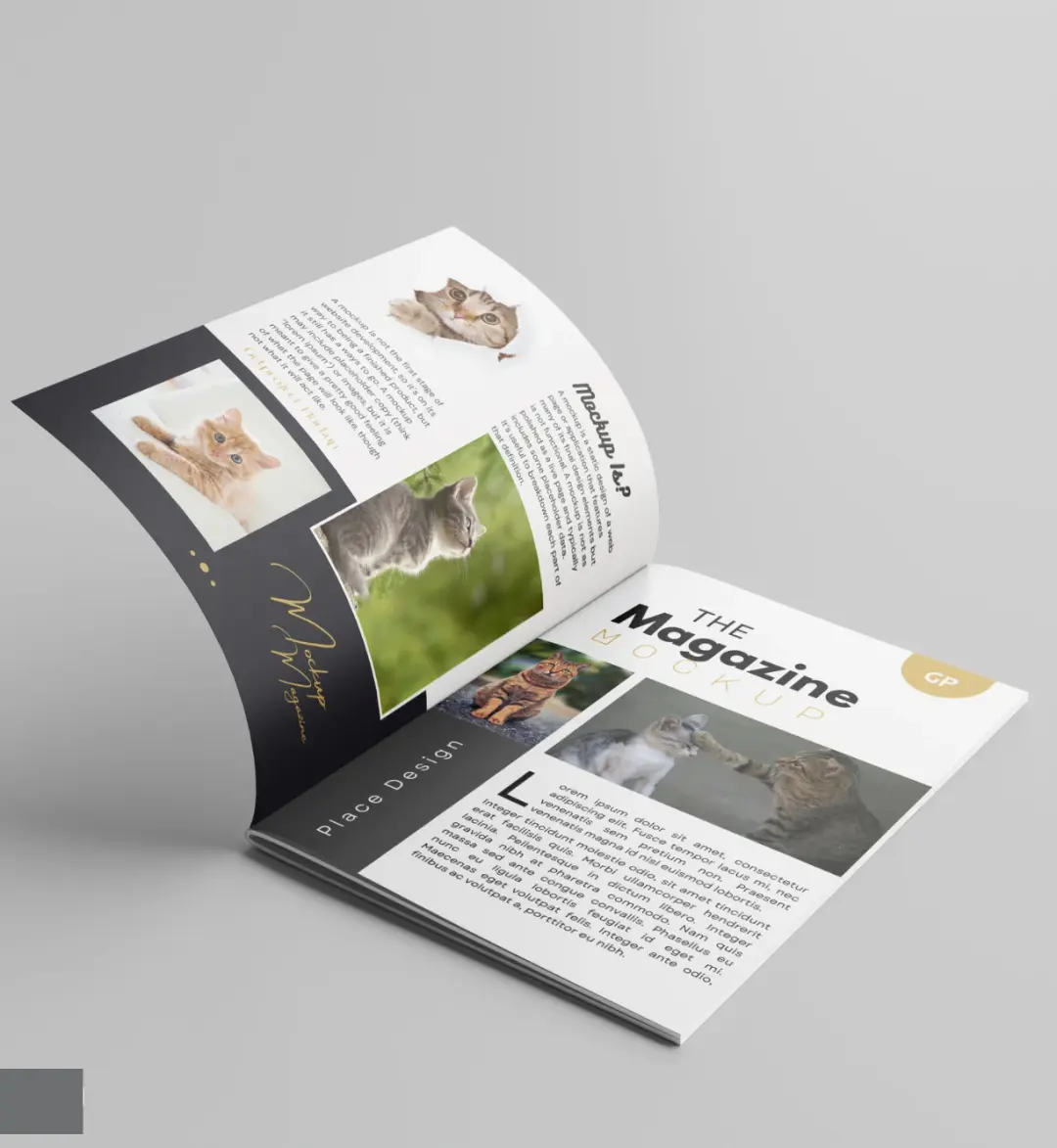If you’ve ever dreamed of turning your creative vision into a glossy, professional publication, you’re in for a treat. With modern printing technology, magazine printing online is no longer a service reserved for big publishers — it’s accessible, fast, and surprisingly affordable. From indie fashion zines to corporate newsletters, the process is smoother than ever.
In this guide, we’ll walk through each step — from planning and design to printing and doorstep delivery — so your next magazine project is as stress-free as possible.
Why Go Digital with Magazine Printing Online?
For years, printing a magazine meant negotiating with local printers, dealing with minimum order requirements, and managing complex logistics. Now, online printing platforms bring these services to your laptop, offering:
- On-demand printing so you only produce what you need.
- Nationwide (or global) delivery right to your doorstep.
- Design flexibility with templates or custom uploads.
- Affordable pricing thanks to digital print technology.
Whether you’re a blogger, entrepreneur, educator, or creative professional, online printing can help you make a polished, professional product without the traditional headaches.
Step 1 – Shaping Your Magazine Concept
Every great magazine starts with a clear vision. Ask yourself:
- Who is your audience? Define whether it’s niche hobbyists, corporate teams, students, or general readers.
- What’s the theme or purpose? Will it be informational, promotional, or purely for entertainment?
- How often will you publish? One-time special edition or recurring issue?
Pro tip: Study other magazines in your niche. This helps you find a unique voice and design style that stands out.
Step 2 – Designing for Impact
Your design is what makes your magazine impossible to put down. Here’s how to make it pop:
- Use high-resolution images (300 DPI or more).
- Choose readable fonts — body text should be simple, headings can be more creative.
- Maintain a visual rhythm with consistent spacing and alignment.
- Plan page layouts ahead, mixing text and visuals for flow.
Tip: Tools like Adobe InDesign, Canva, or Affinity Publisher are excellent for both beginners and pros.
Choosing the Right Format and Paper Quality
One of the best parts of magazine printing online is the wide range of customization options:
- Sizes: Standard A4, digest-size, or pocket-size mini-magazines.
- Paper: Glossy for vibrant images, matte for a sophisticated look, or eco-friendly recycled paper.
- Binding: Saddle-stitched (stapled), perfect-bound (like a paperback), or wire-o for a professional finish.
Choosing the right combination impacts not only the feel of the magazine but also your printing costs.
Step 3 – Working with an Online Printer
When selecting your printing partner, look for:
- Clear pricing calculators so you can budget easily.
- Free design templates to speed up your workflow.
- Sample prints to test quality before bulk orders.
- Responsive customer support in case of design or order issues.
Many services also allow short-run orders — perfect for events, prototypes, or limited editions.
Step 4 – Reviewing and Proofing
Never skip the proofing stage. Before committing to a full run:
- Print a sample copy to check colors, alignment, and margins.
- Proofread every word for spelling, grammar, and formatting errors.
- Review your images for brightness, sharpness, and correct cropping.
This stage can save you from costly mistakes and last-minute panic.
How to Save Costs Without Sacrificing Quality
Printing a magazine doesn’t have to break the bank. Here’s how to cut costs smartly:
- Choose lighter paper stock for bulk issues.
- Reduce the number of pages while keeping the content dense and valuable.
- Order in batches — sometimes smaller runs over time cost less than one large run.
- Leverage seasonal discounts offered by many online printers.
Distribution: Getting Your Magazine into the Right Hands
Once printed, your magazine needs readers. Your options include:
- Direct mailing to subscribers.
- Distribution through events or conferences.
- Retail partnerships with bookstores, cafes, or boutiques.
- Free digital versions to tease your print edition.
Combining both online and offline distribution often yields the best results.
Step 5 – From Print to Doorstep
The final phase of magazine printing online is perhaps the most satisfying — delivery.
Most services offer:
- Tracked shipping so you can monitor the journey.
- Bulk delivery to one location or split delivery to multiple addresses.
- International shipping for global audiences.
Sustainability in Magazine Printing
Eco-conscious publishing is becoming a big trend. Many online printers now offer:
- Recycled paper options.
- Vegetable-based inks.
- Carbon-neutral shipping.
Not only does this help the planet, but it also adds value for environmentally aware readers.
Step 6 – Building Long-Term Publishing Success
Your first issue is just the beginning. To turn a one-off print into a regular publication:
- Collect reader feedback to improve future issues.
- Track sales and distribution data to understand demand.
- Plan content calendars months ahead to streamline production.
Consistency is key to building a loyal readership.
Final Thoughts
Whether you’re creating a quarterly lifestyle publication, a niche collector’s guide, or a corporate report, magazine printing online makes it possible to bring your vision to life with ease. By understanding each step — from concept to delivery — you can produce a magazine that reflects your brand, inspires readers, and stands out in print.
FAQs
What is the ideal paper weight for a professional-looking magazine?
Typically, 80–100 gsm for inside pages and 200–250 gsm for the cover gives a sturdy, high-quality feel.
Which software is best for designing a magazine layout?
Adobe InDesign is the industry standard, but Canva and Affinity Publisher are great alternatives.
Can I print just one copy of my magazine?
Yes, many online printers offer on-demand or short-run printing starting from a single copy.
How can I make my magazine look more premium?
Use high-quality images, add spot UV or embossing on the cover, and choose perfect binding.
Do online printers offer delivery tracking?
Most reputable services provide tracking numbers so you can follow your order’s progress.
How long does it take to print and deliver a magazine?
It typically ranges from 5 to 10 business days depending on print complexity and shipping location.
Can I include advertisements in my magazine?
Absolutely. Selling ad space can help offset production costs.
What’s the difference between matte and glossy paper?
Glossy paper enhances colors and shine, while matte gives a softer, more elegant finish.
How do I ensure my colors print accurately?
Always design in CMYK color mode and request a physical proof before the final print run.
Is eco-friendly magazine printing more expensive?
Not necessarily — many printers offer sustainable options at similar prices to standard printing.


